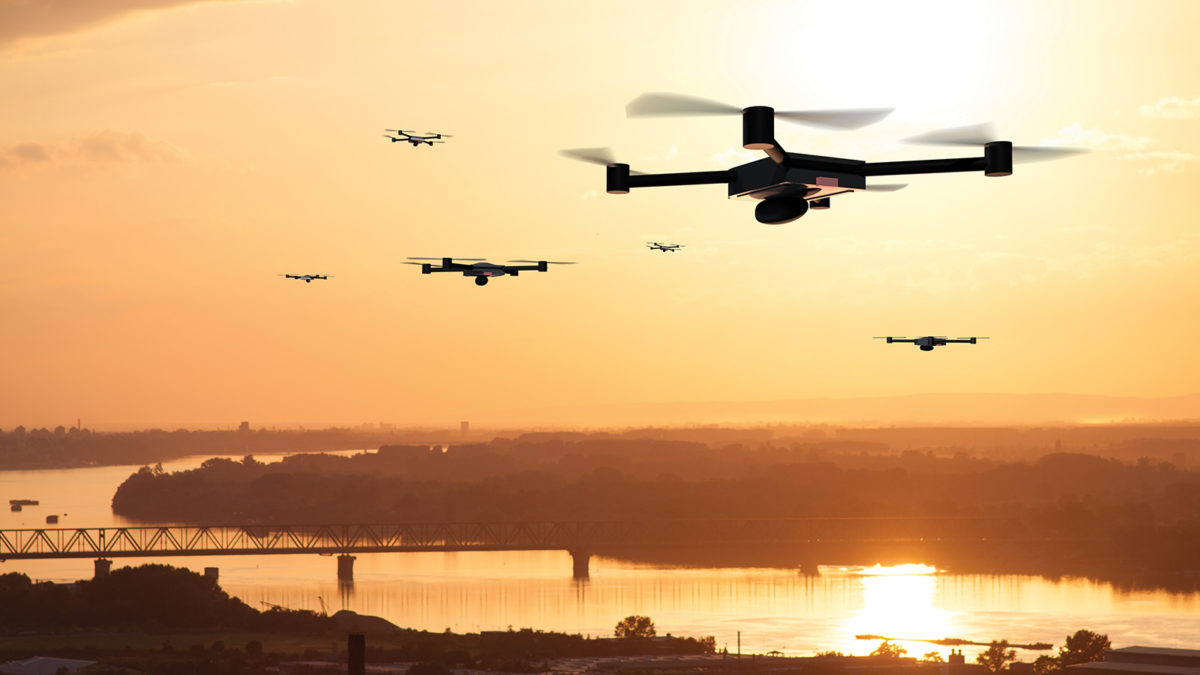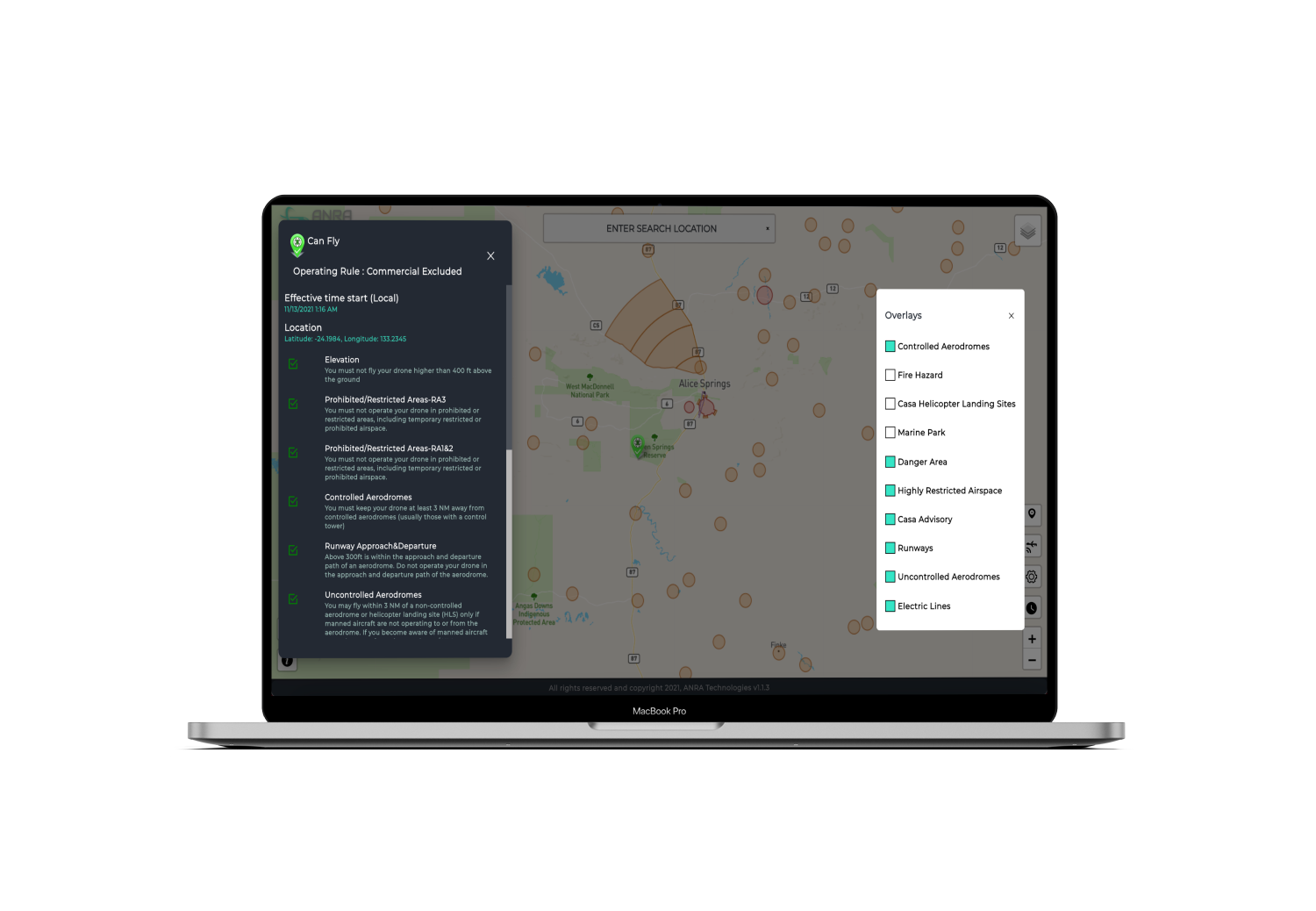- engitech@mail.com
- Mon - Sat: 8.00 am - 7.00 pm
We are creative, ambitious and ready for challenges! Hire Us
We are creative, ambitious and ready for challenges! Hire Us
Over 10 years we help companies reach their financial and branding goals. Engitech is a values-driven technology agency dedicated.
411 University St, Seattle, USA
engitech@oceanthemes.net
+1 -800-456-478-23

M ANRA Technologies was a key contributor to the ATOMICUS project, a pioneering initiative under the UK Government’s Industrial Strategy Challenge Fund, receiving part of a £30 million grant aimed at advancing the future of aviation. As one of over 40 projects within the UK Research and Innovation (UKRI) Future Flight Challenge programme, ATOMICUS was designed to explore and demonstrate the safe integration of unmanned cargo systems with traditional manned aircraft at UK airports. The project focused on creating the digital infrastructure and operational procedures necessary to enable the seamless coexistence of drones and passenger aircraft within the same airspace and ground infrastructure.
“I cannot give you the formula for success, but I can give you the formula for failure.
It is: Try to please everybody.”
– Herbert Bayard Swope


The ATOMICUS project aimed to develop and demonstrate a comprehensive concept of operations (CONOPS) and safety case, allowing scalable Unmanned Aerial System (UAS) operations and the integration of these systems into existing airport ground operations. By leveraging underutilized ground infrastructure and the UK’s vast network of airfields, the project sought to demonstrate the viability of using drones for logistics between airports, including the ability to safely operate a drone through controlled airspace, land at a manned airport, and arrive at a designated gate as part of a planned and sequenced flight.
The ATOMICUS project aimed to develop and demonstrate a comprehensive concept of operations (CONOPS) and safety case, allowing scalable Unmanned Aerial System (UAS) operations and the integration of these systems into existing airport ground operations. By leveraging underutilized ground infrastructure and the UK’s vast network of airfields, the project sought to demonstrate the viability of using drones for logistics between airports, including the ability to safely operate a drone through controlled airspace, land at a manned airport, and arrive at a designated gate as part of a planned and sequenced flight.
ANRA Technologies brought its advanced Unmanned Traffic Management (UTM) solutions to the ATOMICUS consortium, contributing to the development of the digital infrastructure required for these groundbreaking demonstrations. The project brought together a value chain of key partners across avionics, Air Traffic Management (ATM) systems, ATM data, UTM service providers, BVLOS operators, and Air Traffic Controller Officers. ANRA’s expertise was instrumental in ensuring the safe and efficient integration of drone operations with existing aviation systems, addressing both logistical and regulatory challenges. This collaboration culminated in a successful demonstration of the project’s goals, setting a precedent for future scalable UAS operations in controlled airspace.
The ATOMICUS project represents a significant step forward in the integration of drone technology within traditional aviation ecosystems, with ANRA Technologies playing a central role in its success. By helping to create and demonstrate the necessary digital infrastructure and operational procedures, ANRA has contributed to the UK’s leadership in aviation research and development, paving the way for innovative solutions in air mobility. The insights and technologies developed through this project will have lasting impacts on the future of air transport, enhancing the UK’s competitiveness in the global aviation market.